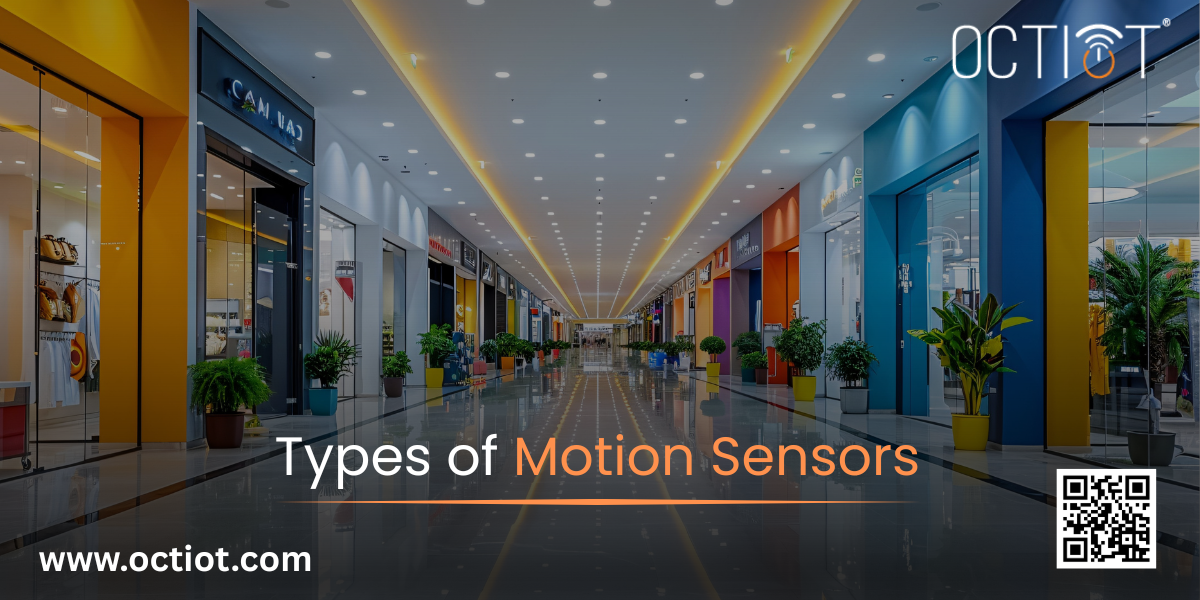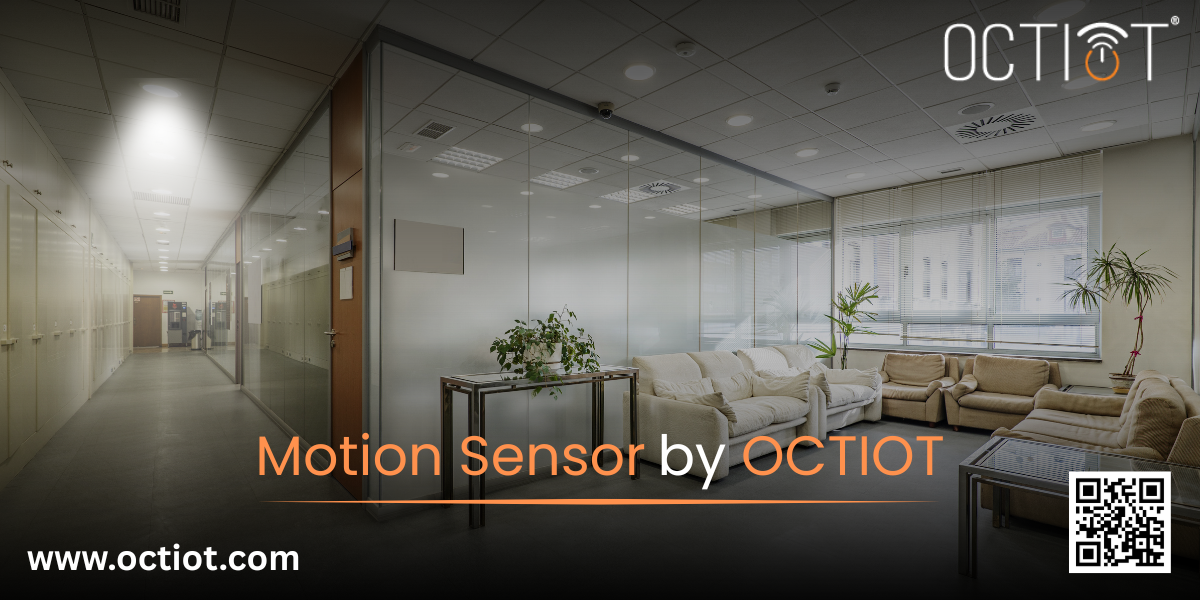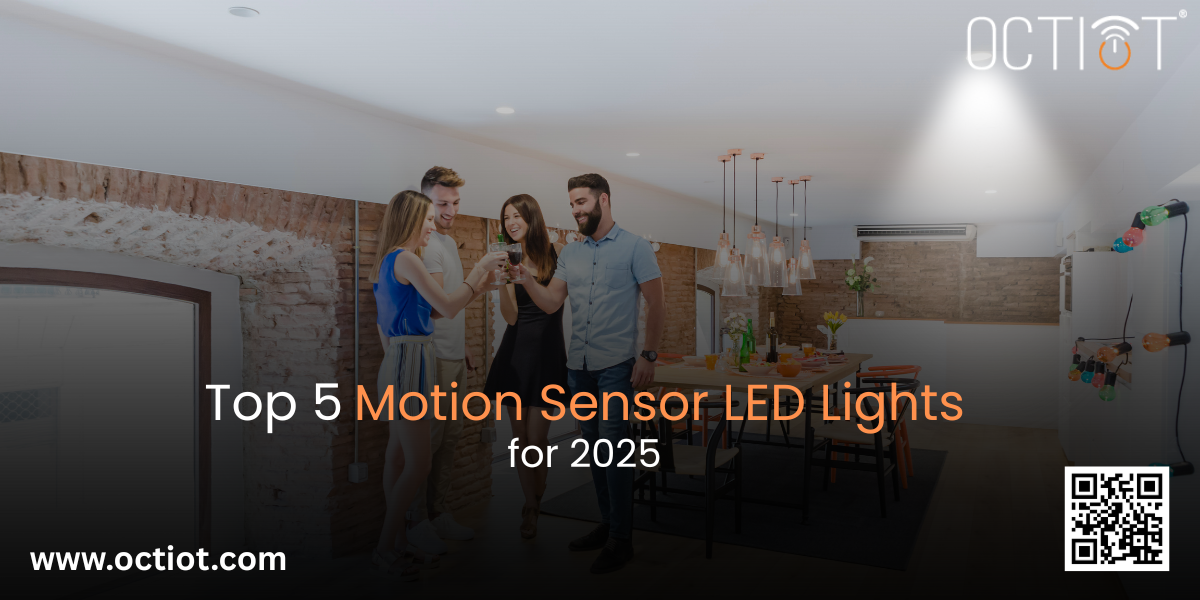Introduction
In a world where energy efficiency and sustainability are no longer optional, smart motion sensor technology has become a key part of modern living. From automatically switching on lights when someone enters a room to triggering security alarms when movement is detected, motion sensors are transforming the way we interact with our spaces.
At OCTIOT, we believe that technology should work for both people and the planet. Our smart motion sensor lighting solutions help reduce carbon emissions, cut down electricity consumption, and make daily life more convenient. By choosing the right type of motion sensor, you can enjoy comfort and security while actively reducing your carbon footprint.
Let’s explore the different types of motion sensors, how they work, and which one is the right fit for your needs.
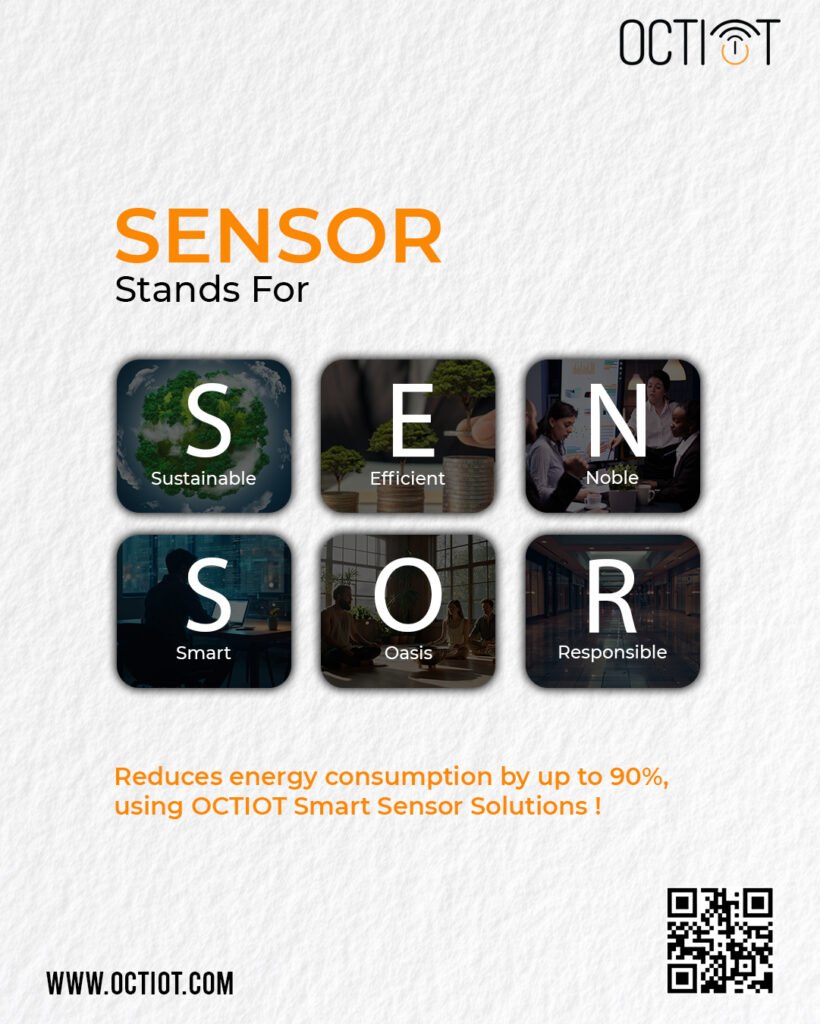
What is a Motion Sensor?
A motion sensor is a device that detects physical movement in a specific area. It uses various technologies to sense changes in the environment and trigger an action — like turning on lights, sending an alert, or activating a camera.
You’ve probably seen motion sensors at work without even realising it:
- The lights that turn on as you enter a parking lot.
- Automatic doors that open as you approach.
- Security systems that alert homeowners to unexpected movement.
In simple terms, motion sensors act as the “eyes” of smart automation systems. They help save energy, increase security, and make everyday spaces more responsive and efficient.
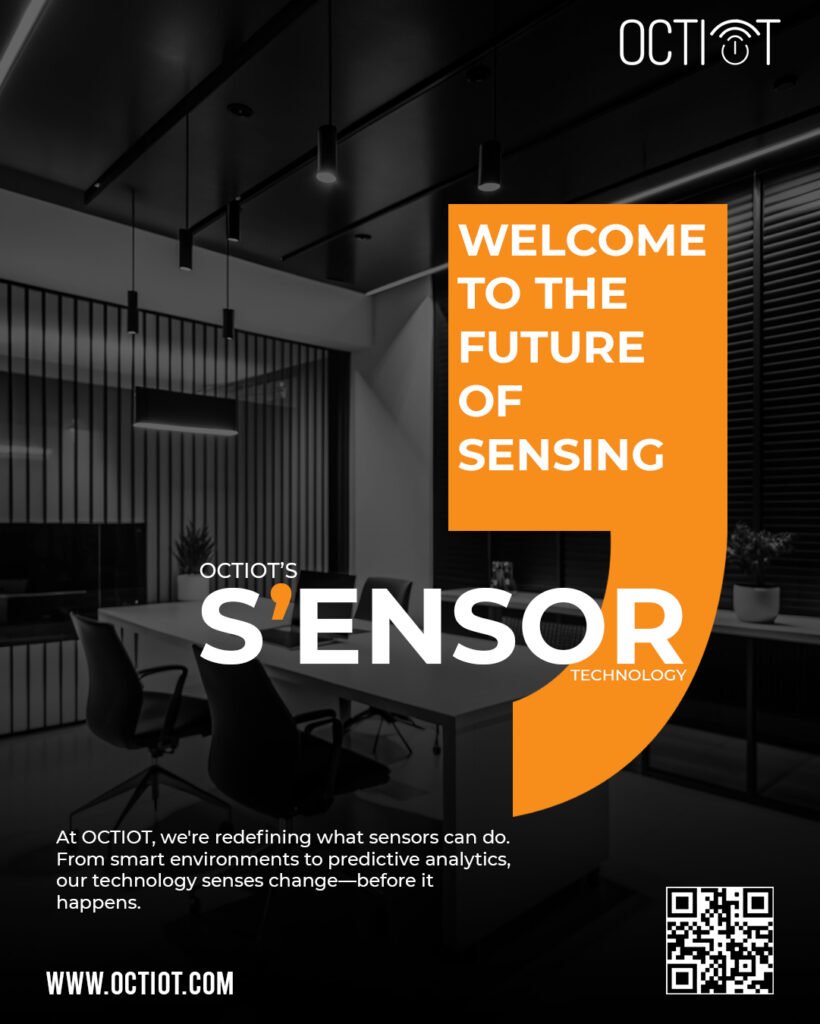
Benefits of Motion Sensors
Motion sensors aren’t just about convenience — they’re about creating smarter and more sustainable spaces.
- Energy Savings: Lights and appliances turn off automatically when not in use, reducing wastage.
- Lower Electricity Bills: Less wasted energy means lower costs over time.
- Improved Safety: Sensors can illuminate dark spaces instantly, preventing accidents.
- Enhanced Security: Detecting unauthorised movement helps protect your property.
- Comfort & Convenience: No need to fumble for switches — spaces adapt to you.
- Sustainability: Reduced energy use helps lower carbon emissions, supporting eco-friendly living.
At OCTIOT, our motion sensor solutions are designed to deliver all these benefits while promoting sustainable living.

Types of Motion Sensors
Different spaces require different types of motion sensors. Here’s a breakdown of the most common types and how they work.
1. Passive Infrared (PIR) Sensors
How they work: PIR sensors detect infrared radiation — basically, body heat. When a warm object (like a human) moves within the sensor’s range, it registers the change and triggers an action, such as switching on a light.
Best for: Indoor spaces like offices, hallways, restrooms, and homes where there’s a clear line of sight.
Pros:
- Energy efficient.
- Works well in controlled indoor environments.
- Affordable and widely available.
Cons:
- Limited range.
- May not detect movement through obstacles.
OCTIOT use case: PIR sensors in OCTIOT’s lighting solutions help create energy-efficient offices where lights only stay on when people are present.
OCTIOT use case: Ultrasonic sensors in smart lighting systems ensure that lights stay on during presentations or meetings, even if people aren’t moving much.
3. Microwave Motion Sensors
How they work: These sensors emit microwaves and measure changes in the reflected signals. They have a longer range than PIR and Microwave sensors and can detect movement through certain materials.
Best for: Outdoor lighting, large warehouses, and commercial buildings.
Pros:
- Covers large areas.
- Works through glass, thin walls, and partitions.
Cons:
- Higher energy use compared to PIR.
- May detect unintended movement outside the target area.
OCTIOT use case: Microwave sensors in outdoor lighting systems ensure reliable detection for building perimeters and parking areas.
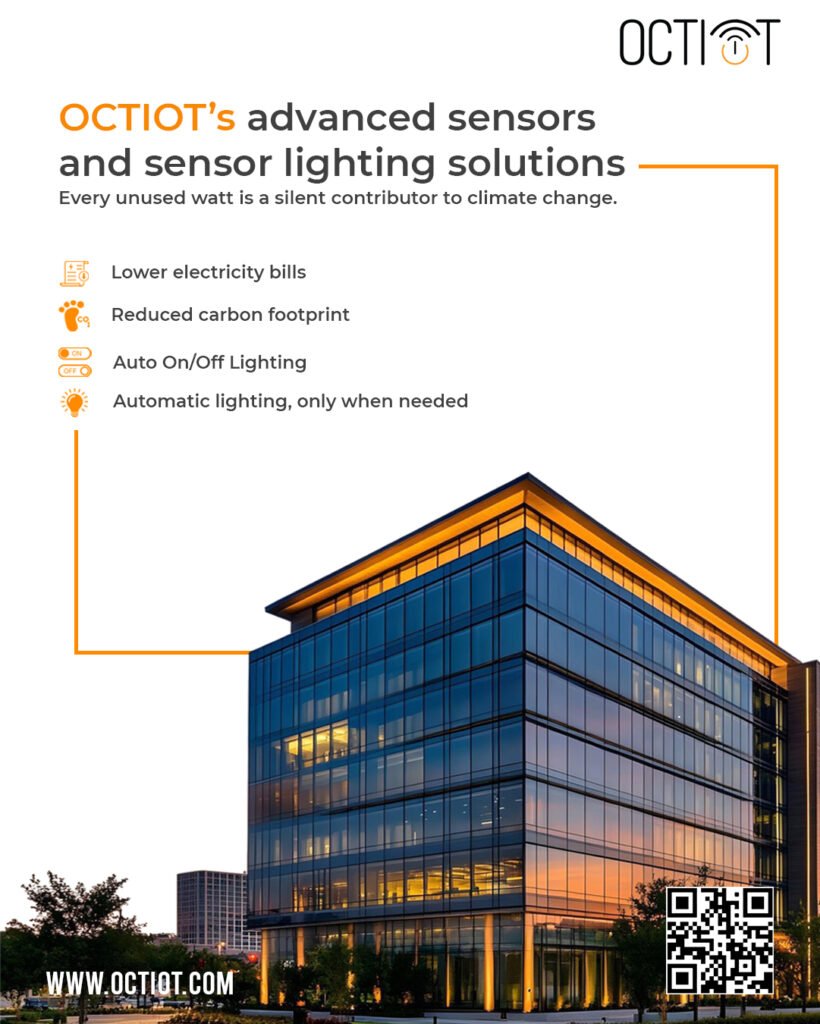
How to Choose the Right Motion Sensor for Your Space
Selecting the right sensor depends on your specific needs:
- Location: Indoor or outdoor.
- Size of Area: Small rooms vs. large warehouses.
- Environment: Open spaces vs. areas with obstructions.
- Purpose: Energy saving, security, convenience, or all three.
For example:
- For a home hallway, PIR sensors are cost-effective and efficient.
- For an outdoor parking area, microwave sensors provide reliable coverage.
OCTIOT can help you choose and install the best-fit motion sensor solution for your unique needs.
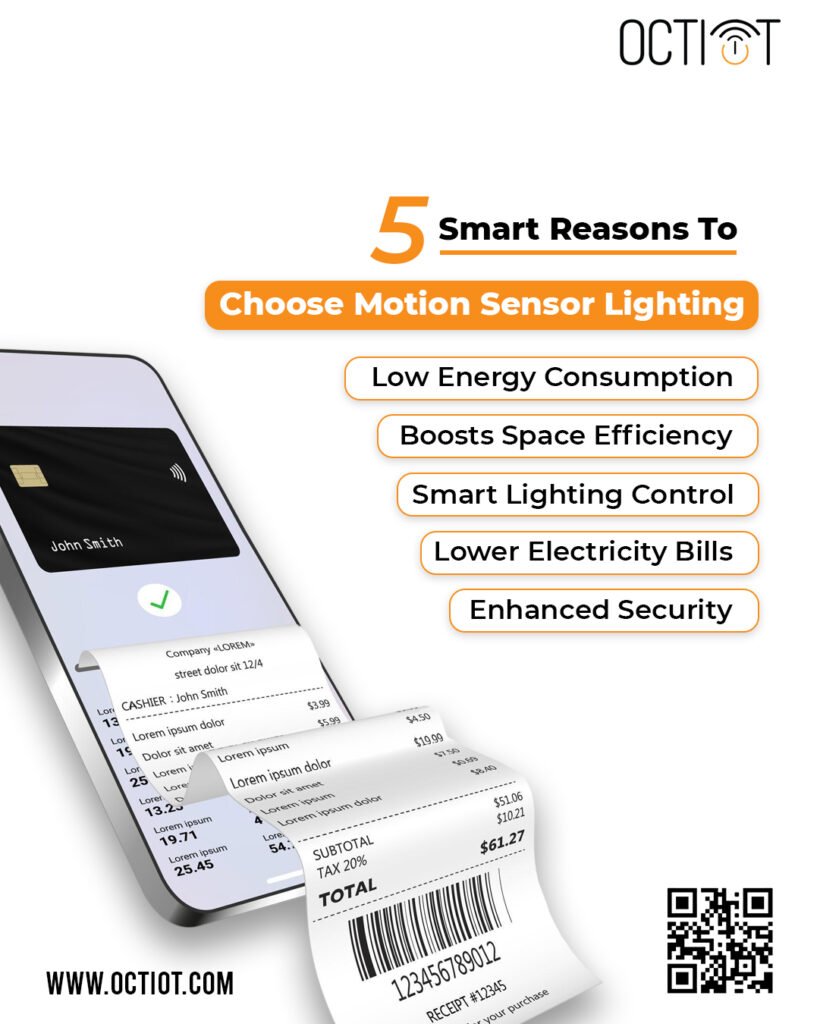
OCTIOT’s Motion Sensor Solutions
At OCTIOT, we combine innovation, sustainability, and smart design to create motion sensor lighting solutions that:
- Reduce energy consumption by up to 90%.
- Minimise carbon emissions.
- Enhance convenience and safety.
- Deliver long-lasting performance.
From PIR-based indoor lights to microwave-equipped outdoor solutions, our product range is designed to work for homes, offices, industries, and public spaces. Every installation supports our mission to make sustainable living accessible to everyone.
Conclusion
Motion sensors are more than just smart gadgets — they’re an essential part of building sustainable, efficient, and safe spaces. Understanding the various types of motion sensors enables you to select the most suitable technology for your specific needs.
With OCTIOT’s expertise and eco-friendly solutions, you can enjoy the perfect balance of innovation, convenience, and environmental responsibility. Together, we can create spaces that work smarter and tread lighter on the planet.

